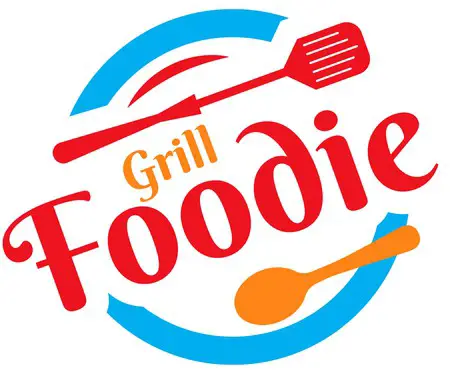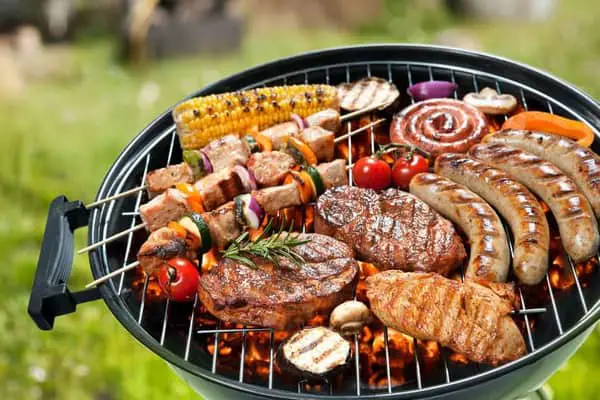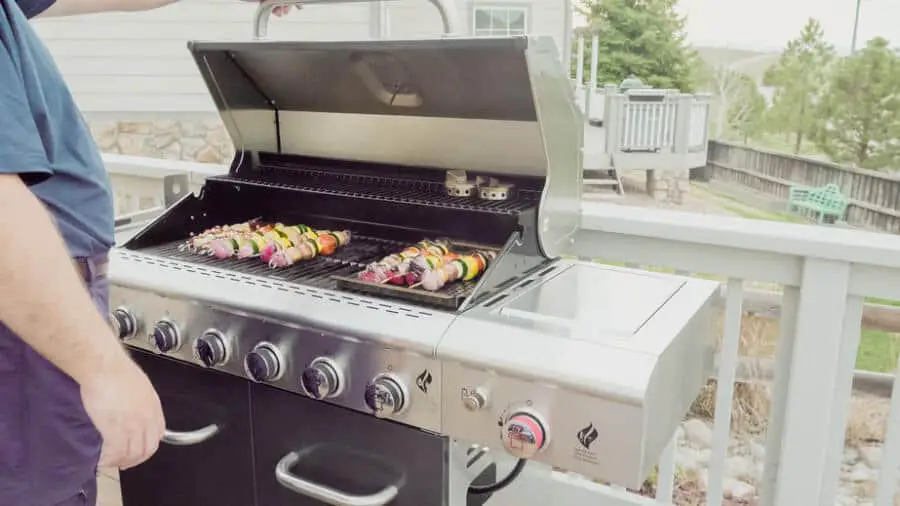
It is a hot summer day, and you have your best burgers ready for perfect grilling and a crowd of hungry food-lovers waiting. Oops! You turn your grill on then no flame. Indeed, almost nothing disappoints more than this with a new propane tank. So what do you do next?
Unfortunately, things won’t always go as planned. Though it is not common to have a grill not getting gas on a new propane tank, it happens. The problem is mostly caused by a faulty regulator, clog in the gas line, or tripped OPD device. The common solution is to reset the pressure regulator. If it does not seem to work, troubleshoot the other possible issues.
If your grill is not ready for summer, it is the time to get your grill ready and running as the clock ticks. Runaway from frustrations and enjoy a fulfilling summer with a grill that throws a sign of delicious dinner every time you ignite. What causes your grill not to get gas? What should you do next? All this will be answered shortly. Keep reading.
What Makes your Grill Not Get Gas on a New Propane Tank?
You probably have come across many research pieces saying one of the significant causes of the grill not getting gas is an empty propane tank. But in this case, you are pretty sure the propane tank is full because it is new.
Many other reasons are causing your propane grill not to receive gas. The good news is that you don’t have to be an expert to fix the problems and have your summer enjoyable. Here are some reasons why your grill may not get gas despite having a new propane tank.
Faulty regulator: The regulator controls the amount of gas flowing to your grill. Mostly, regulators fail when vent holes in the center are clogged.

Tripped OPD device: OPD stands for “overfill protection device” or “overfilling prevention device,” and it is a valve that prevents overfilling of the propane tank. Tripping of OPD is caused by the tilting of your tank or turning the valve faster than usual.
Leaking gas lines: This is not an uncommon problem. Your little furry friends might be tempted to chew the hose; therefore, messing up. When gas leaks through points in the hose, your grill may not get gas at all.
Broken orifices: If the opening that lets gas through the hose is broken, it is likely to leak at that particular point. With a higher leak rate, your grill may end up not getting gas.
Leaking propane tank: You are pretty sure that your tank is new. However, it is very possible to have some points leaking. With divided pressure from the tank, gas may not come out through the regulator to the grills.
What should you do when your grill is not getting gas?
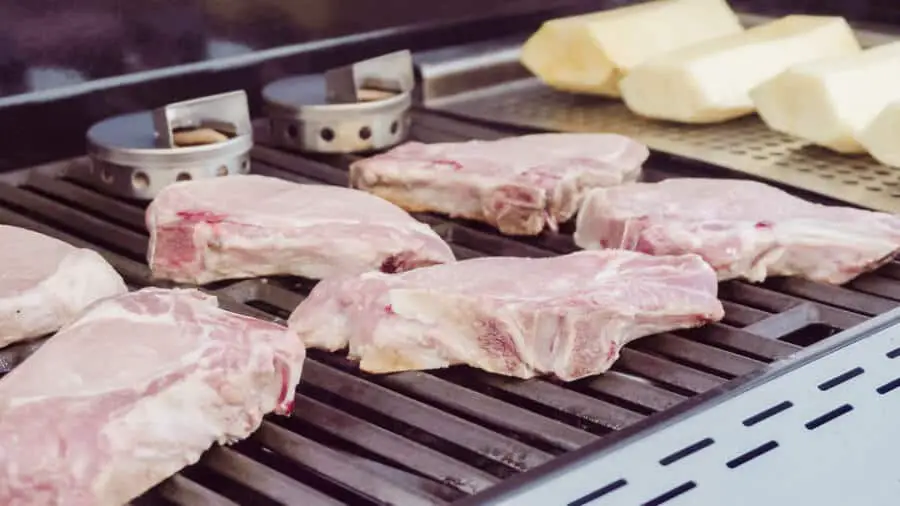
You have just purchased your new propane tank, and it can’t ignite. It is not common, but it has come your way, what do you do? This is what you should do.
- Check the hose connection to the propane tank. Some tanks come with a safety feature that won’t allow any gas from the tank until the hose is well secured with the required mechanism. Ensure the screw-on valve of the propane tank is secured correctly.
- Turn off all valves from the hose and ensure the knobs on your grill are shut off.
- Disconnect the gas hose from both the tank and the grill. After disconnecting, allow your tank to sit for approximately 30 to 60 seconds.
- Reattach the hose assembly to the tank and grill. Open the tank valve and wait for some minutes. This will allow pressure to build up in the gas hose, which is then calibrated with the tank.
- Turn the tank valve off and then disconnect the regulator to reset the excess flow safety. Set all the burner knobs to high and wait for 60 seconds.
- Use soapy water to check at the connections for any possible leaks. If there are no leaks, turn the grill on.
This way, you will have resolved most of the possible problems that make your propane grill not get gas. Hoping that these steps have fixed the issue, you can turn on your grill and continue enjoying delicious dinner.
Note: Propane is an explosive gas. Therefore, you need to be careful when performing any troubleshoot or replacement. It is always advisable to shut off all valves and knobs before doing anything. Otherwise, you can present a danger to yourself or any other person nearby. Nevertheless, grills are a relatively safe appliance to work with.
Can all these steps fail? With the above step, you will have done much to have your grill on. However, your grill can still not get gas at all. Change the hose and check for the result.
If your propane grill is still not getting gas, the problem could be a sticky regulator. In this case, you need to replace it. The good thing is that regulators are relatively cheaper and easy to replace. Therefore, you don’t need a hand of an expert to have it fixed.
When you have your new regulator ready, pull off the defective regulator and carefully thread the new regulator onto the line from your propane tank. Upon completion, the regulator should fit tightly
Resetting Pressure Regulator on Your Propane Grill
Regulator issues are common if you are working with a propane grill. We also mentioned resetting the grill in step 5 of troubleshooting when your grill is not getting gas. The task of resetting a regulator is not as complicated as many people think.
If the propane regulator bypass valve is stuck, you are likely to hear sputtering, and you may not get gas in your grill. To continue enjoying cooking and grilling, you need to reset the regulator. Follow these steps to reset your propane regulator and restore the state of your grill.
- Open the grill lid
- Turn off all grill burners
- Shut the tank valve
- Disconnect the regulator from the propane tank by removing the supply hose
- Turn the burner knobs to high and wait for about two minutes for the gas to dissipate from the gas lines and manifolds.
- Turn off all the burner knobs.
- Reattach the supply hose to the propane tank.
- Slowly turn on the tank valve and wait for approximately 30 seconds for the gas pressure to equalize in the manifold and the gas lines.
- Follow your grill’s lighting instructions to light all the burners of your grills.
- Your grill should light and heat normally.
To prevent further sticking, make sure to shut off the grill valves before turning off the supply line valve (propane tank valve). You will also have to open the supply line valve slowly.
When resetting the regulator, you open the grill’s lid so that you can see all burners and ensure no gas is escaping. It also allows plenty of airflows in case there is some gas leaking.
Note: Propane is harmful when inhaled. Always make sure you don’t put your head underneath the lid during regulator resetting.
If your grill is not getting any gas after resetting, the chances are that it was not the problem, or it is not the issue. Before you think of calling an expert, you can further check for a leak or clogged hose.
Checking for Gas Leak
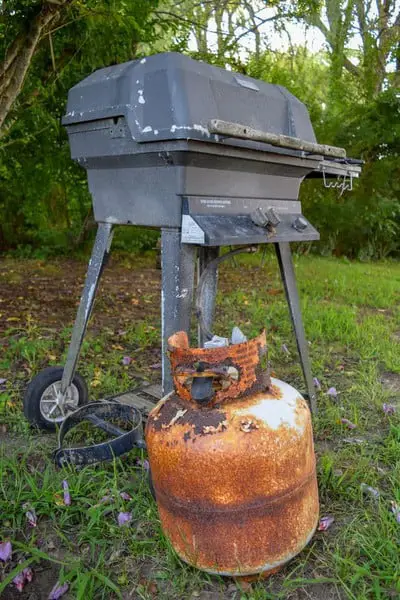
With a severe leak, your grill may not get gas even when the entire setup is appropriately done. How do you inspect if gas leaks are the annoying problem that makes you not enjoy grilling? Let’s do it.
Turn off all burners of the grill and the m supply line valve.
Mix about one tablespoon of dishwashing liquid and water. Apply the soapy water on all gas line connections and along the sides of the propane tank. Here you can use the manufacturer’s manual to identify all your grills gas line connections.
Open the tank valve and check all connections. Any bubble around the tank or any gas line connections is an indicator of a gas leak.
Turn off the tank valve and grill and immediately tighten the leaking connection or replace the leaking component.
After completing the test, wipe the soapy water off the connections.
After the checking is complete, your grill should light normally. If your grill is yet to receive any gas, check for possible clogging or tripped OPD.
Checking for Clogs and Burner Corrosion
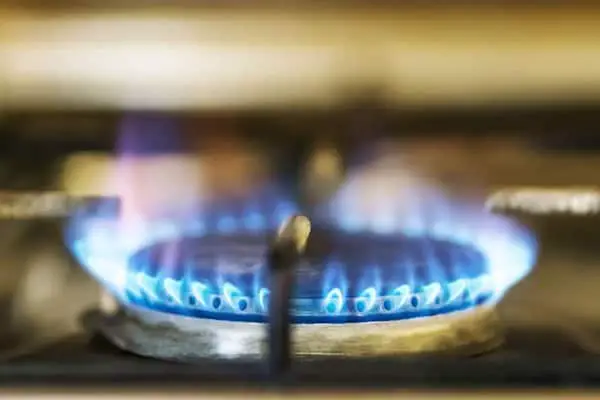
Mostly, faulty regulators are the reason why grills don’t get gas. However, other parts kike burners can cause a similar problem and disappoint you when you are about to grill your steak to perfection. Here is how you troubleshoot burner-related problems.
Turn off the supply line valves and leave all burner valves on. Allow it two minutes for the gas to dissipate from the gas lines and manifolds and turn off all burner valves.
Remove flame tamers and grates and examine for possible corrosion. If there is any corroded burner, replace them using the instructions given in the manufacturer’s guide.
Check is any of the burner ports are clogged. Burner ports may block due to falling food residues and or other sorts of dirt. Use a wire brush to clean any residue and dirt from the burner ports.
Disconnect carryover tubes, remove the cotter pins, and pull off the burners. Clean the internal burner tubes using the appropriate method. A small hook is recommended and does it perfectly.
Reinstall the burners and make sure to align every part correctly. Misaligning the burners over the openings can make burners not too light at all.
Open the tank valve and light on your grill. Your grill should now work as expected.
Now you can enjoy grilling. What if all your efforts are not fruitful? Are you about to give up? You are about to finish troubleshooting all possible problems. If there is no blocked orifice and clogged burners, then you need to check the overfill protection device (OPD).
How to reset and prevent overfill protection device (OPD) from tripping
Before you know how to prevent the flow-limiting device from tripping, it is worth knowing how to reset it. Shut off both the propane tank and grill burner’s valves. Turn on one burner valve for about ten seconds and shut it off again. Disconnect the supply line from the propane tank and reconnect it. Using the manufacturer’s grill lighting instructions, light your grill. Your grill should start burning as you enjoy the smoothies.
Since tripping is one of the great problems that you can avoid, it is ideal to prevent it. The following will help you avoid OPD tripping.
Ensure your burner valves are always closed before opening the supply line valve. This prevents possible simulation of leaks, which in turn can cause tripping.
Open the tank valve slowly.
After using your grill, start by turning off burner valves before shutting the supply line valve.
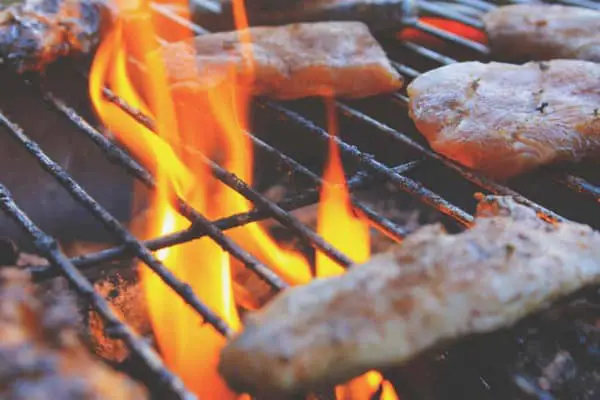
What if all these do not seem to help?
A few things frustrate more than having your burgers ready and the no fire, and completely there seem to be no help. This is when you need an expert to check the problem. The root cause of your grill not getting gas can be originating from the setup. If you can’t find any issue and everything seems to be in line with manufacturer’s grill instructions, don’t hesitate to call a professional and indeed, an experienced one.
Final Call
Even though it rarely happens to have your propane grill not getting gas when the tank is new, it can still come your way. If you find yourself in such frustration, you will find this article very helpful in troubleshooting every possible problem. The good thing is that you test and solve most of the issues without needing the hand of an expert. If everything does not seem to work, contact your propane gas dealer or an expert.
